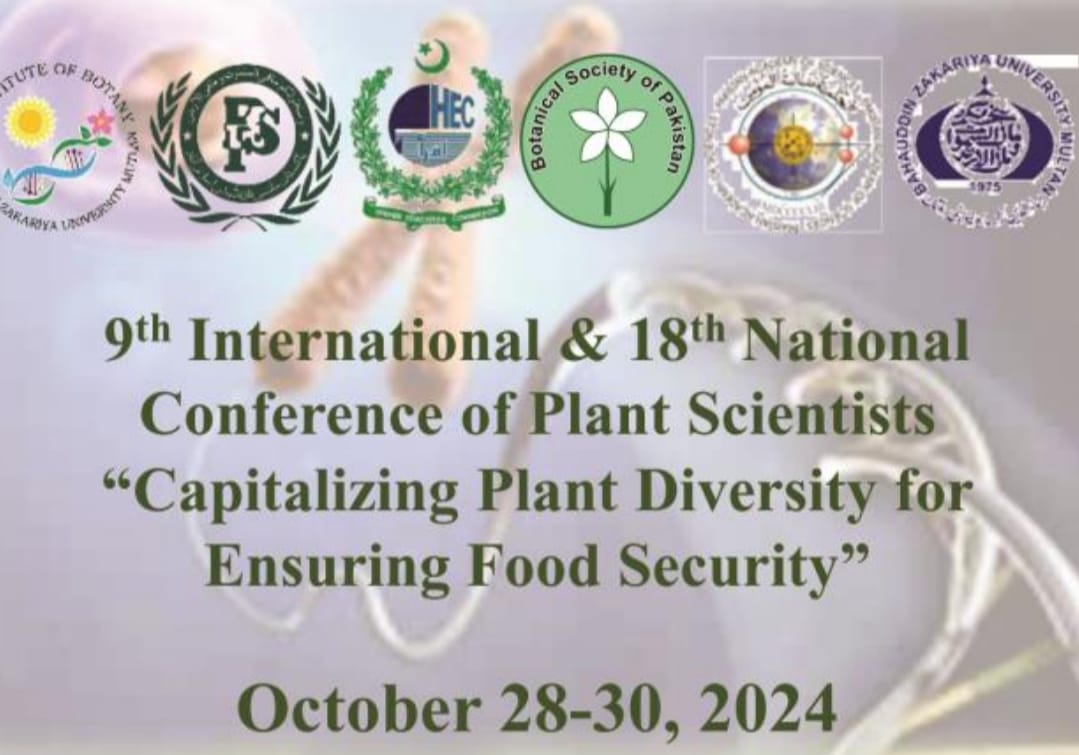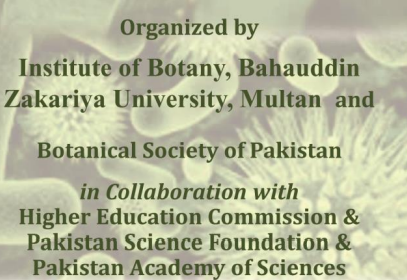-
-
-
-
-
-
-
-
-
-
-
-
-
-
-
-
-
-
-
-
-
-
-
-
-
-
-
-
-
-
-
-
-
-
-
JOÃO PAULO RODRIGUES MARTINS1*, EDILSON ROMAIS SCHMILDT2, RODRIGO SOBREIRA ALEXANDRE2, EVARISTO MAURO DE CASTRO1, THAÍS FURTADO NANI1, MARINÊS FERREIRA PIRES1AND MOACIR PASQUAL1
DIRECT ORGANOGENESIS AND LEAF-ANATOMY MODIFICATIONS IN VITRO OF NEOREGELIA CONCENTRICA (VELLOZO) L.B. SMITH (BROMELIACEAE)
Download PDF
-
-
-
-
-
-
-
-
-
-
-
-
-
-
-
-
-


